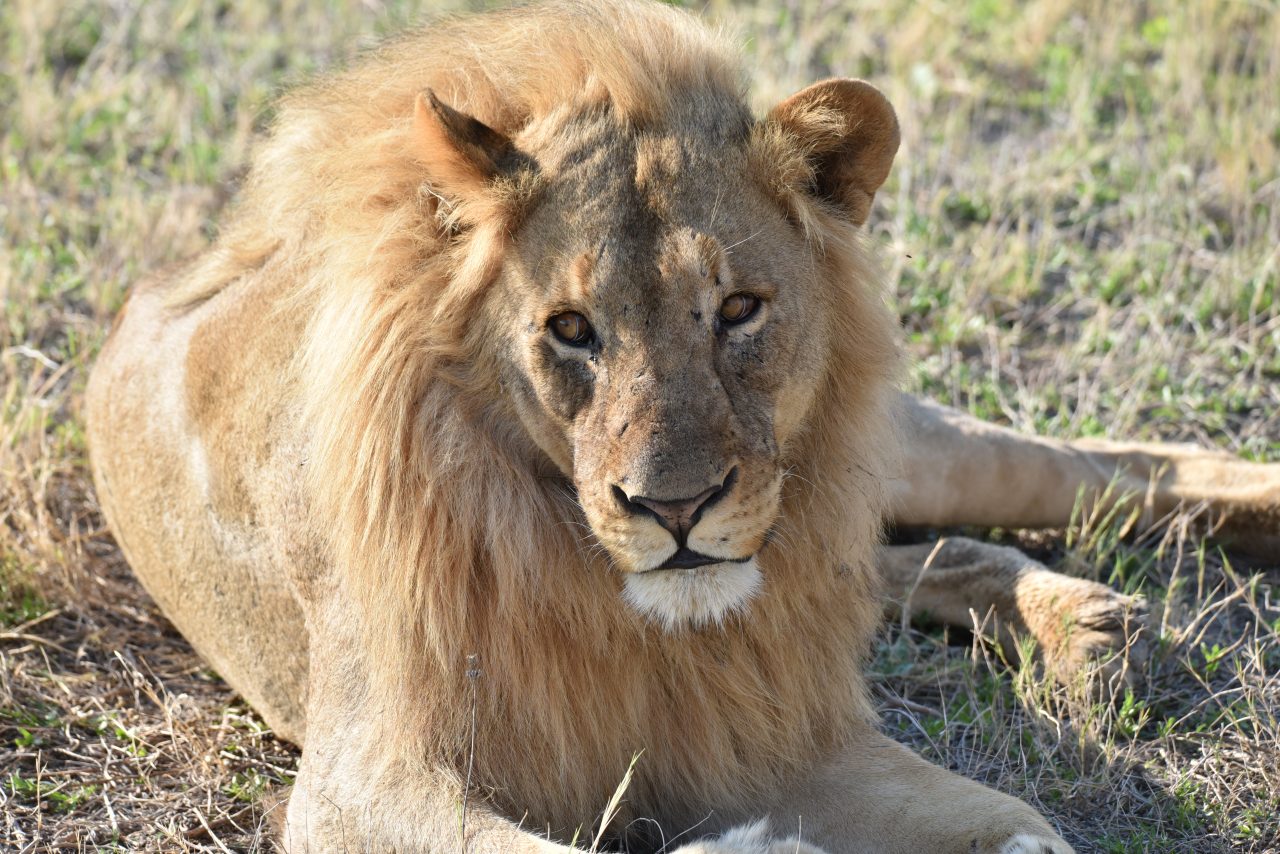We arrived to Johannesburg on Wednesday evening to meet with our friends, who will be flying with us that epic adventure. It has been a tradition since previous trips to start the afternoons with a gin and tonic and we immediately resumed that activity, when we met at Opikopi Guest House.
The next morning, we drove to Wonderboom airport for airplane checkout and a refresher on local procedures. South Africa has a vibrant GA community and Wonderboom is a very busy airport. Local procedures and phraseology are different than in the US and it took me some time to recall how to do and say things from four years ago. For example, on the first call to ATC all you say is: Wonderboom ground, ZSPWC, good morning and you wait for the call back ZSPWC Wonderboom, good day, go ahead to say your request: ZSPWC is a Cessna 182, 2 crew, 5 hours of fuel, parked at south hangars, request taxi instruction for a flight to Pretoria general flying area 1, elapsed time 1.5 hours. You first get departure instructions PWC runway 29 in use, QNH 1020, after departure right turn route 2 miles west of the power station. You read it back and get taxi instructions Taxi foxtrot, enter 06, turn right up bay 29, report ready for departure. When you tell them you are ready after runup, they tell you to taxi on bravo, report at holding point runway 29 and then switch you to the tower. Finally!
Coupled with South African accent, the unfamiliar phraseology is initially intimidating, but the controllers are nice and helpful.
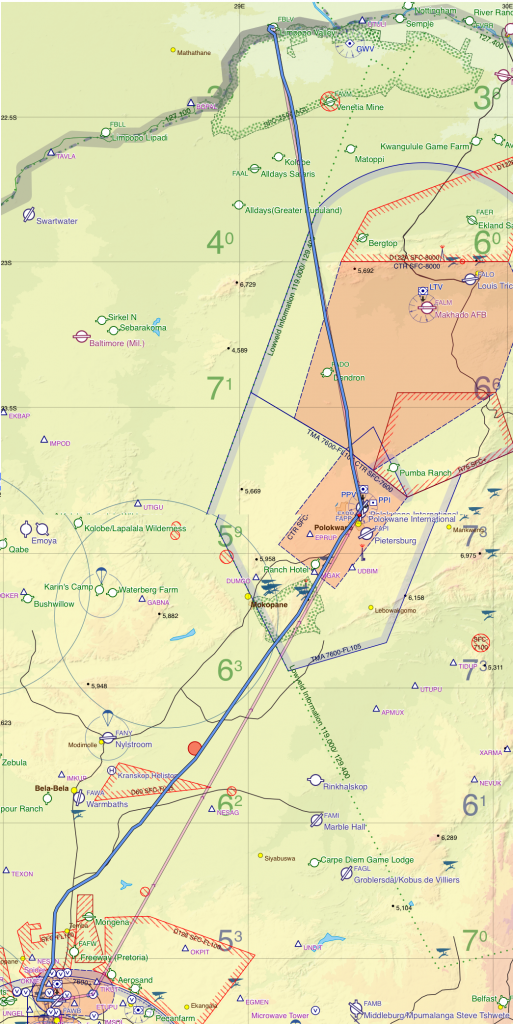
When you fly from a controlled airport to a controlled airport, you need a flight plan. Our first leg on Friday was from Wonderboom to Polokwane, which is an Airport of Entry, to clear immigration and customs. South Africa has a website https://file2fly.atns.co.za/, where theoretically you can file flight plans. Half of the time, you can’t log in to that website, the other it times out when you try to file anything. It is truly completely useless. By a stroke of incredible luck, we managed to file flight plans to Polokwane, but this was the only time during the whole trip when it worked.
The chart above is from SkyDemon, a very nice EFB that we were using to fly in Africa. It has good VFR charts, although user interface is very different from Foreflight I am used to.
We were told that we needed to take all the bags from the airplane in Polokwane to clear customs. We did, but if I had to do it again, I would just take one light bag. We entered the terminal, paid landing fees, and went through security including the X-ray machine and emptying the pockets to be able to exit it back to our airplanes.
After trying to file our flight plans online, I finally called their equivalent of FSS by phone and filed it that way. It was necessary since this was an international flight to Limpopo Valley in Botswana.
FBLV is located right after the border, there is a small open area for arrivals, we paid our landing fees, got the passports stamped with a smile by a very bored immigration officer and boarded a Landcruiser for an hour drive to Mashatu Euphoria lodge. It was incredibly hot, likely about 45° (113°F) and it literally hurt when the hot air was hitting your face during the drive in an open car.

Euphoria Villas is a high-end lodge with 8 luxury villas. When I posted on COPA forums about our experience, somebody asked me if it is a good as “Four Seasons”. The huge difference is that you have only a few people in the lodge, the first night it was only us, and the staff that are going out of their way to make sure that we have anything we want. It is all inclusive, lodging, meals, drinks and game drives and it is incredibly beautiful, situated over the Mali river. At this time of the year, the river is dry, but as we went on game drives, we saw an incredible number of animals. Elephants, giraffes, impalas, lions, leopards, cheetah, ostrich, we stopped the car every five minutes and all you could hear was the click-click of cameras. This was our third trip to Africa, and except for Ngorongoro crater in Tanzania, this was the most incredible game sighting we ever had. The next day, we had two more game drives and I started to be concerned that I only had one SD card in my camera.
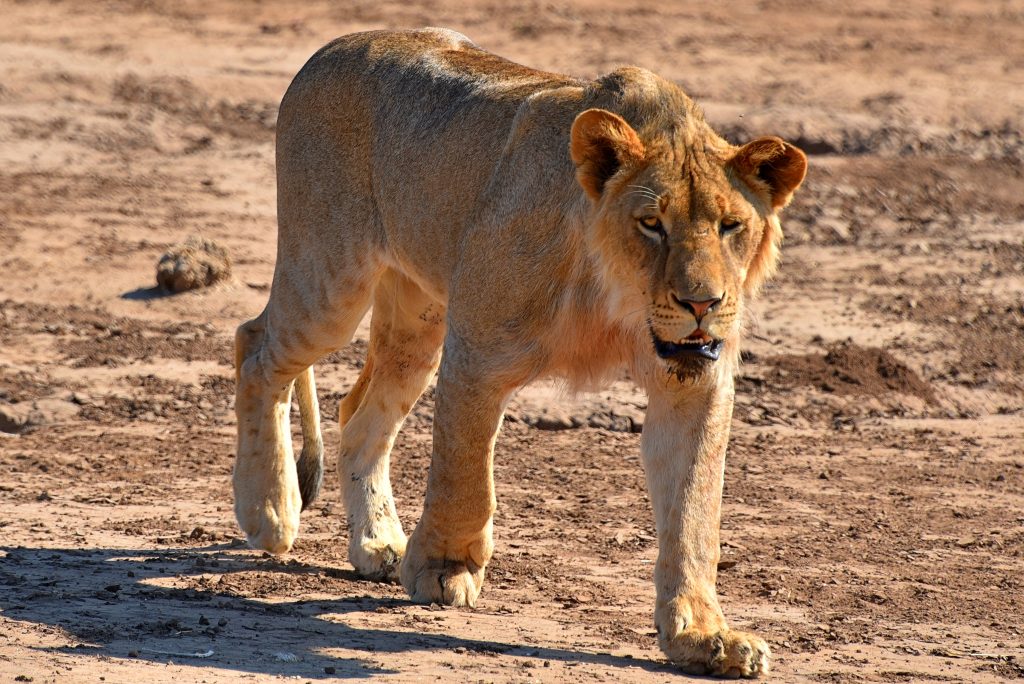
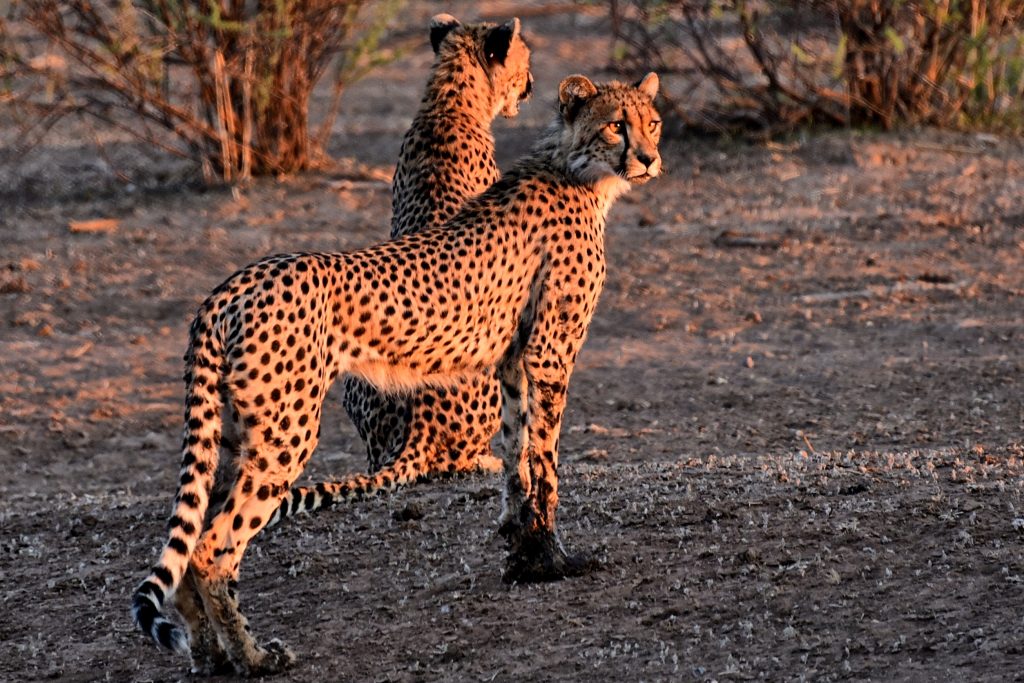
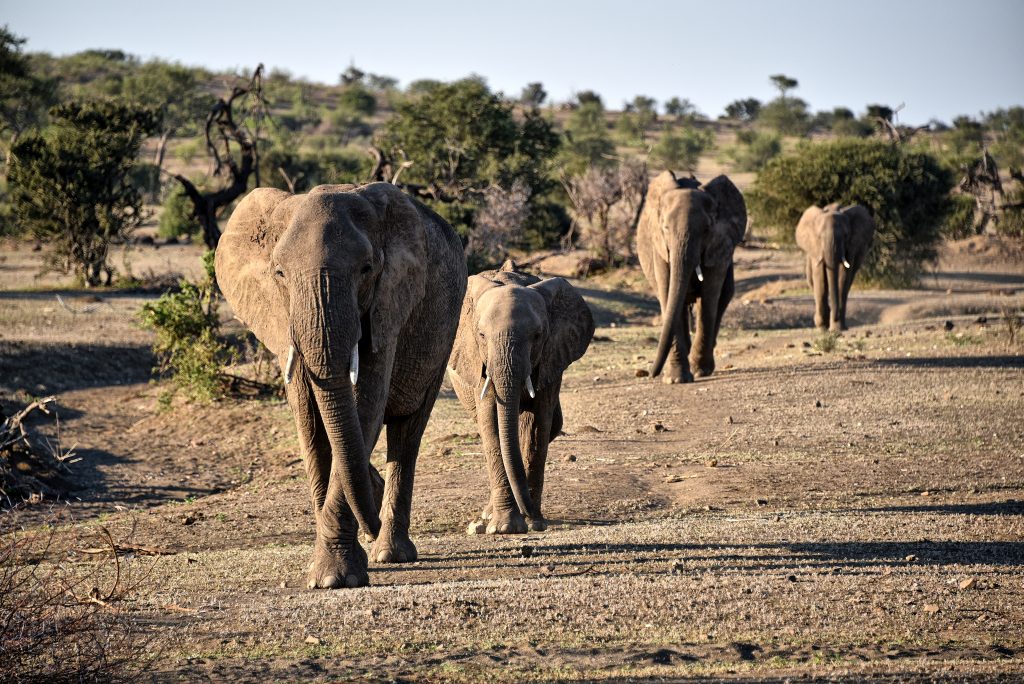
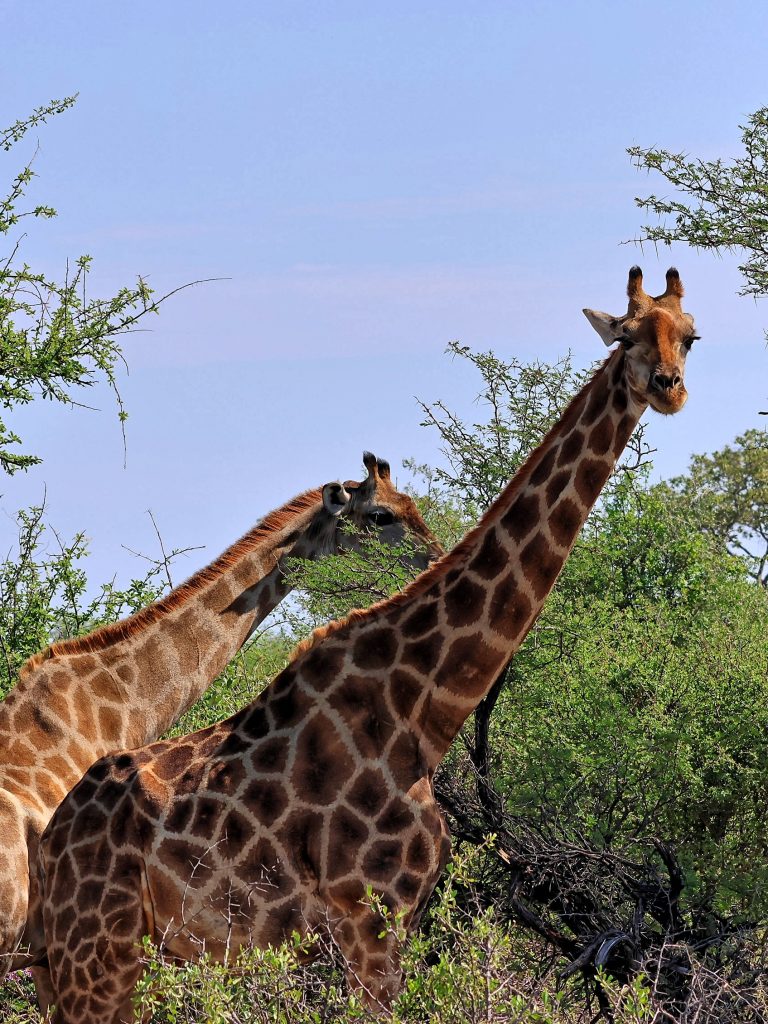
The typical day at a lodge starts with a wakeup call at 4:30 am. You come over for coffee and a light breakfast at 5:00 am and leave the lodge for a game drive, while it is not yet incredibly hot. You stop somewhere during the drive, for a coffee and a snack and come back around 11:00 am for lunch and siesta time during the hottest time of the day. At 4:30 pm, you have the “tea time”, which in our case should really be called “gin and tonic time” and board the cars for the afternoon drive. When the sun sets down around 7 pm, you have “sundowner” drinks in a spot with incredible views before returning to the lodge for dinner.
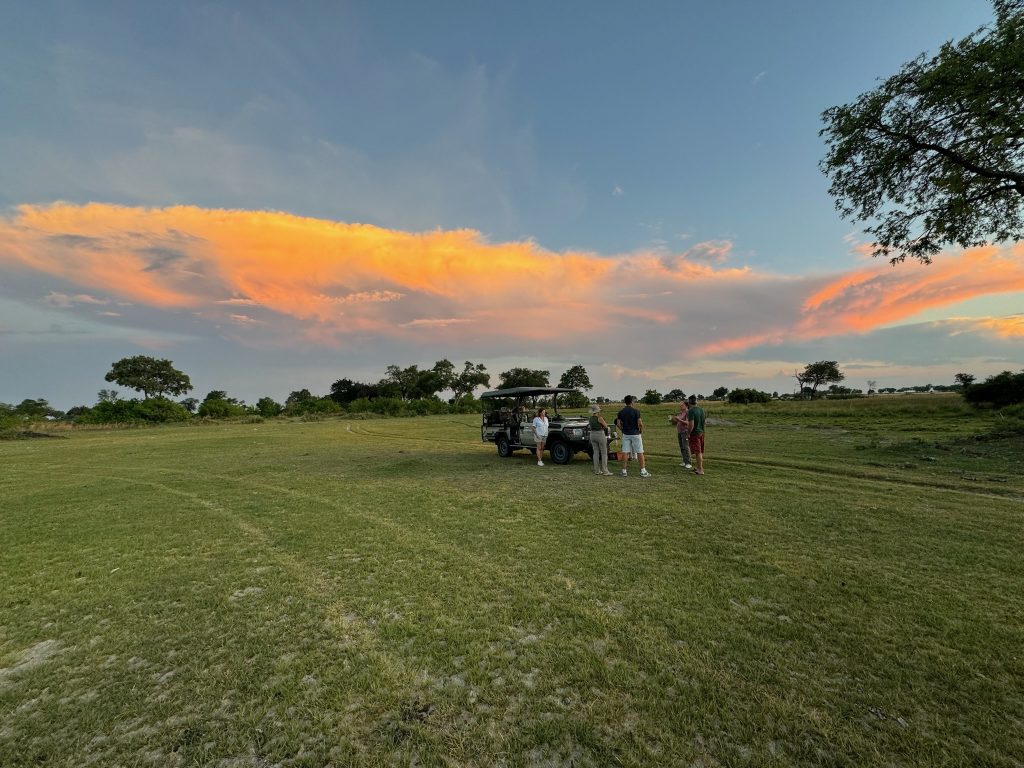
It cools down after sunset and it is an incredible experience to have dinner outside under stars with very little light around.
The following day we launched for our second leg. We first did a low-level overflight of Limpopo River, which is the border between Botswana and Zimbabwe. I flew at about 100’ AGL over the river dry bed, knowing there is exactly zero risk of any power lines or bridges crossing the river.
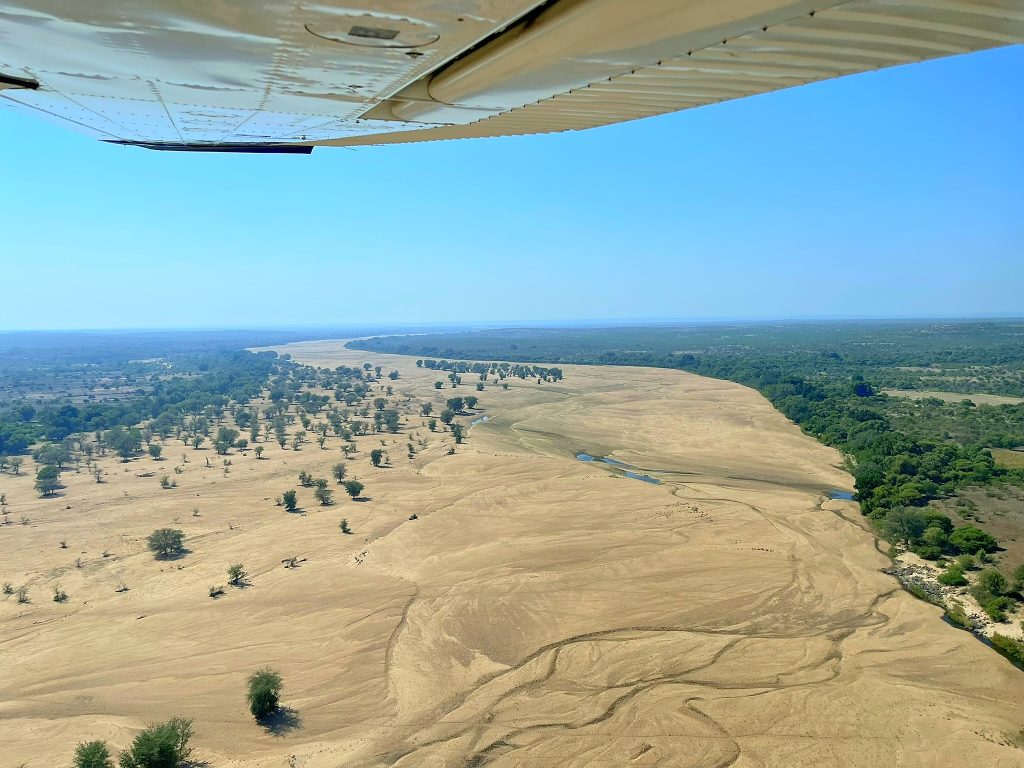
We continued to Matante airport to refuel. This was fast, we filed a paper flight plan in the office, but the landing fee office was closed on weekend, so we just left our information for invoicing. The next leg had us flying to Shinde lodge airstrip, which is in Okavango delta, a vast inland delta formed where Okavango River flows into a tectonic trough, which prevents it from continuing toward a sea. All the water reaching the delta evaporates or transpires.
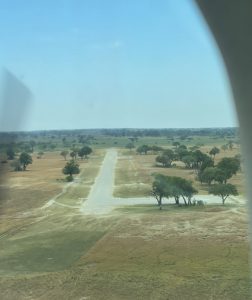
Before leaving Mashatu, we called Shinde camp to update our ETA to 2 pm. We landed a bit early, at 1:30 pm and there was nobody on the strip to meet us. At 2:00 pm, there still was nobody and we started to formulate backup plans. You must remember, this is Africa, and you just do not start randomly walking through the grass, a pride of lions might enjoy you for dinner. We thought we would take one airplane, take off, look for the lodge and buzz it to alert them about our arrival. The backup to backup was to walk a dirt road which seemed to lead to some human structures. Of course, there was no cell phone reception, I sent text messages by satellite to the Bushpilot office in Pretoria so that they could call the camp, but I didn’t get any reply. Finally, as I was walking to the airplane, a car arrived. It turns out that they forgot about our arrival. It is Africa after all.
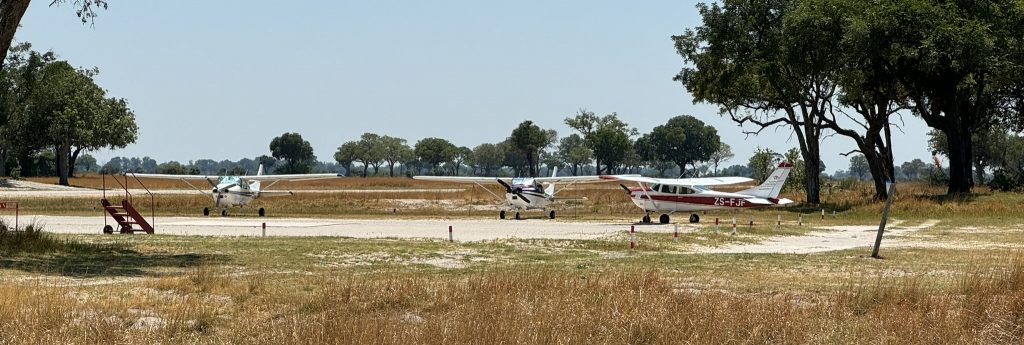
Shinde is a tented camp located on an island in the northern part of Okavango delta. Of course, “tent” is a misnomer, while the structure is wooden with fabric walls, the interior is luxurious with a large bedroom, in-suite bathroom with indoor and outdoor showers.
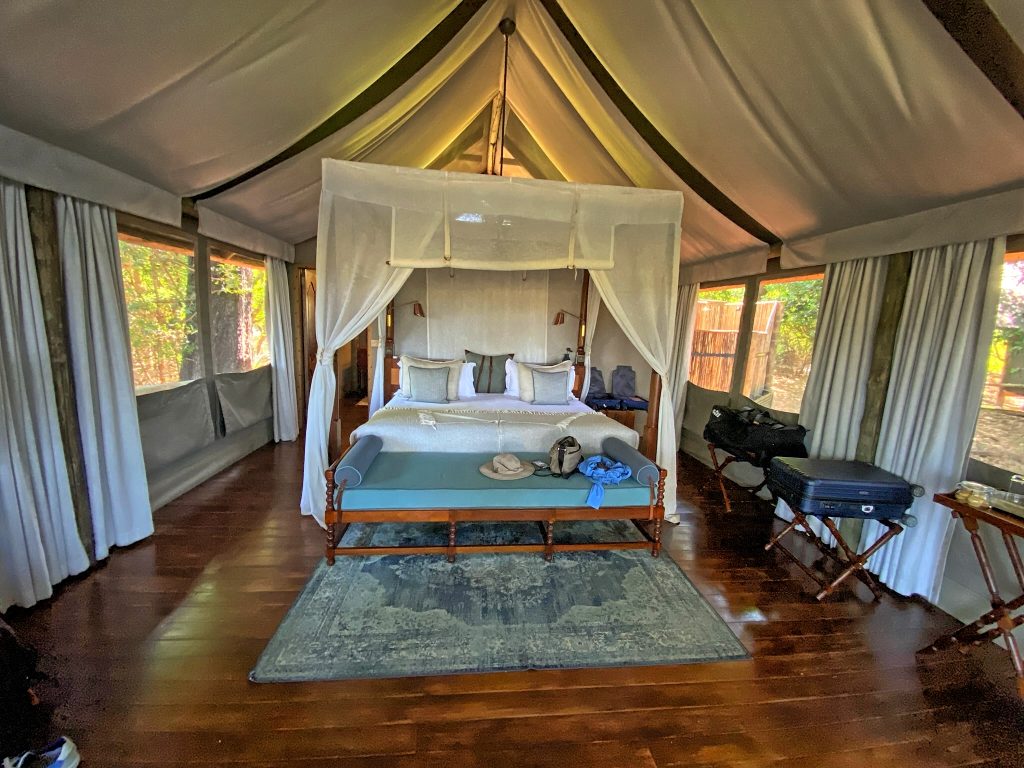
That same afternoon we went for a game drive, and while we saw less animals than in Mashatu, the scenery was much different – it was more like savannah, with tall green grass and trees.
The next morning, we were awakened at 5 am by the delicious smell of fresh coffee brought to our tent. After light breakfast we launched to visit the delta in a makaro, a wooden boat traditionally made from a tree trunk, although now fiberglass is more common. It is pushed by a wooden stick because the water is never deep.
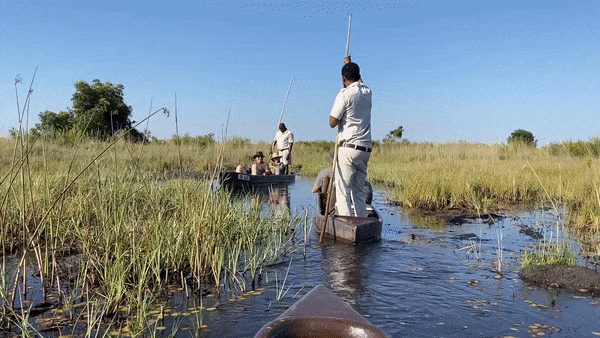
The routine was similar as in Mashatu, early wake up, light breakfast, morning ride with coffee and biscuits stop, return to camp, lunch, siesta, afternoon “tea” followed by another ride ending by a “sundowner” drinks, return to camp and dinner. During our afternoon ride in a power boat, we saw hippos soaking in the water. While hippos are herbivores, they don’t hesitate to attack when threatened and they can run at 20 km/h in the water and over 40 km/h on land.
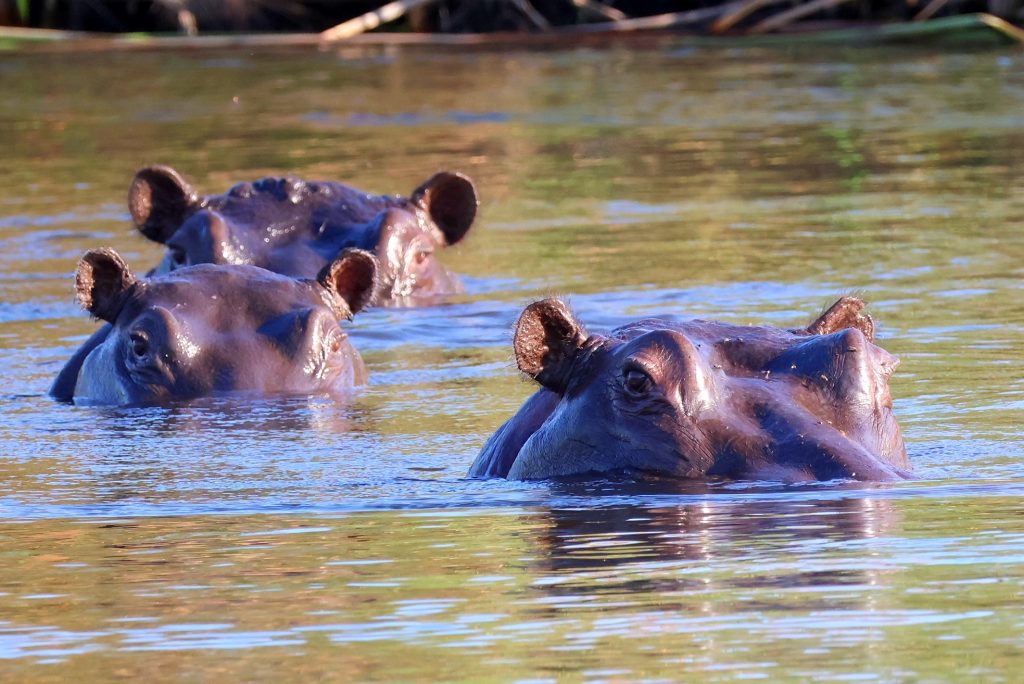
The next day we had a long day of flying, first a short hop to Maun, to clear customs and immigration since we were leaving Botswana followed by a 3-hour flight to Rundu to enter Namibia, followed by a 1.5-hour flight to our destination, Onguma the Fort in the Onguma game reserve. We took one medium suitcase with us out of the airplane to customs, to show good faith, but I have an impression that nobody really cared. We filed a flight plan on paper in the office, since we were crossing the border and took fuel. While it was not strictly necessary to refuel both in Maun and in Rundu, the general rule of flying in Africa is that if there is fuel, you top it off. As much as Maun customs didn’t really care about suitcases, they did ask us to bring all of them to the office in Rundu. I had an impression that people there were embarrassed to have to ask us to haul our stuff inside, but they were told by their supervisors this was mandatory. They helped us carry suitcases and the inspection was purely for the show, simply sending luggage through an X-ray machine. Since we were flying domestic in Namibia and to uncontrolled field, no flight plan was necessary.
In the afternoon, it was time for a game drive in Onguma reserve followed by the traditional “sundowner”. Within a few minutes of leaving the lodge, we saw a pride of lions resting in shade, then giraffes and elephants.
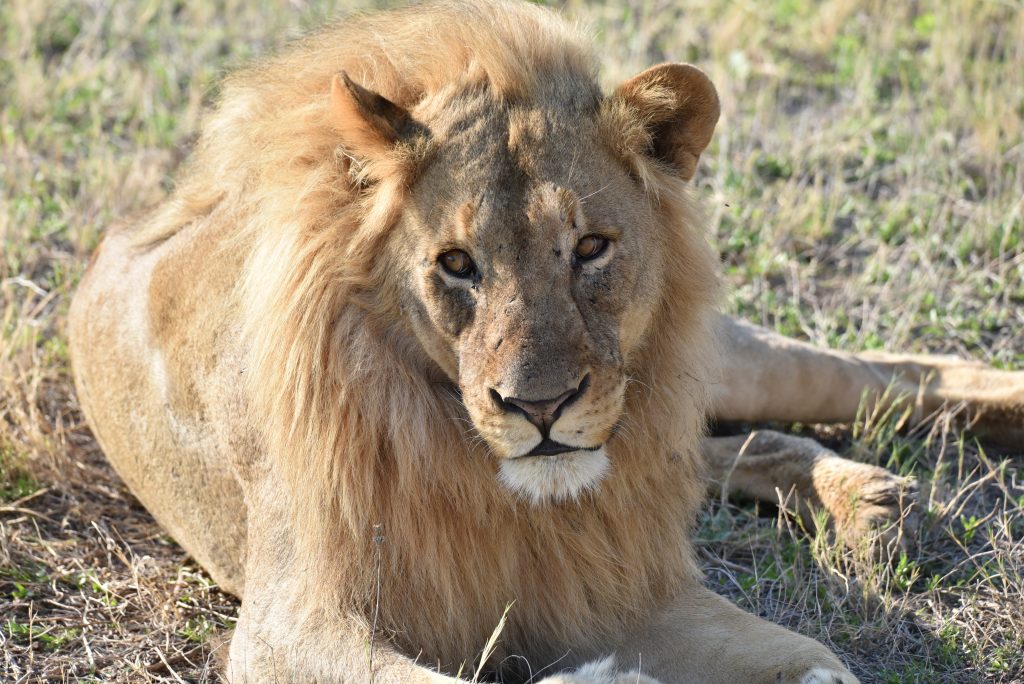
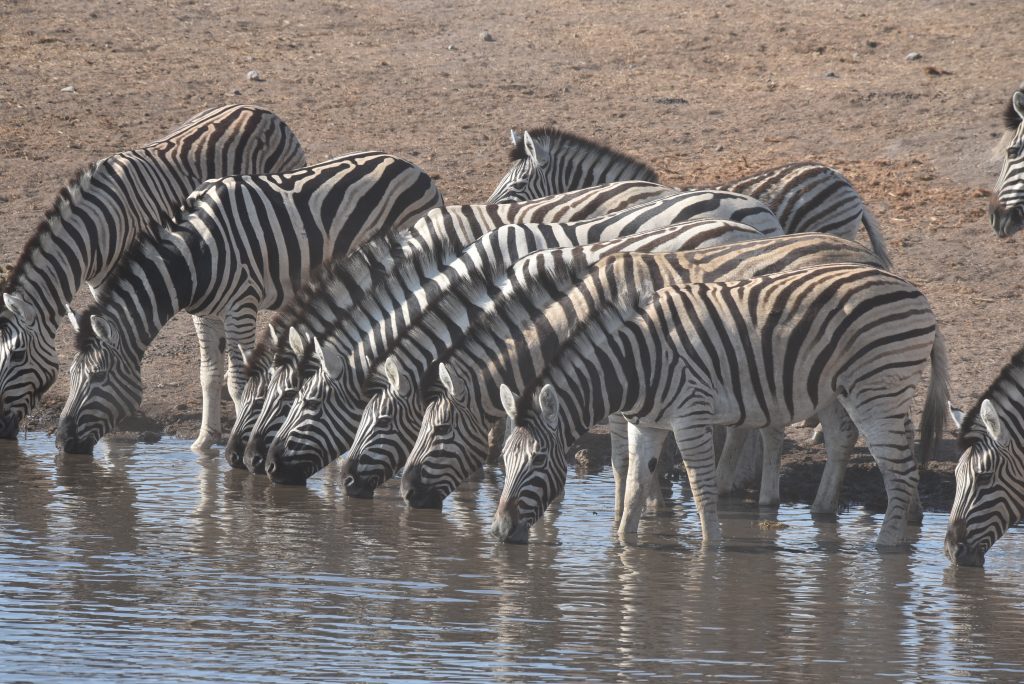
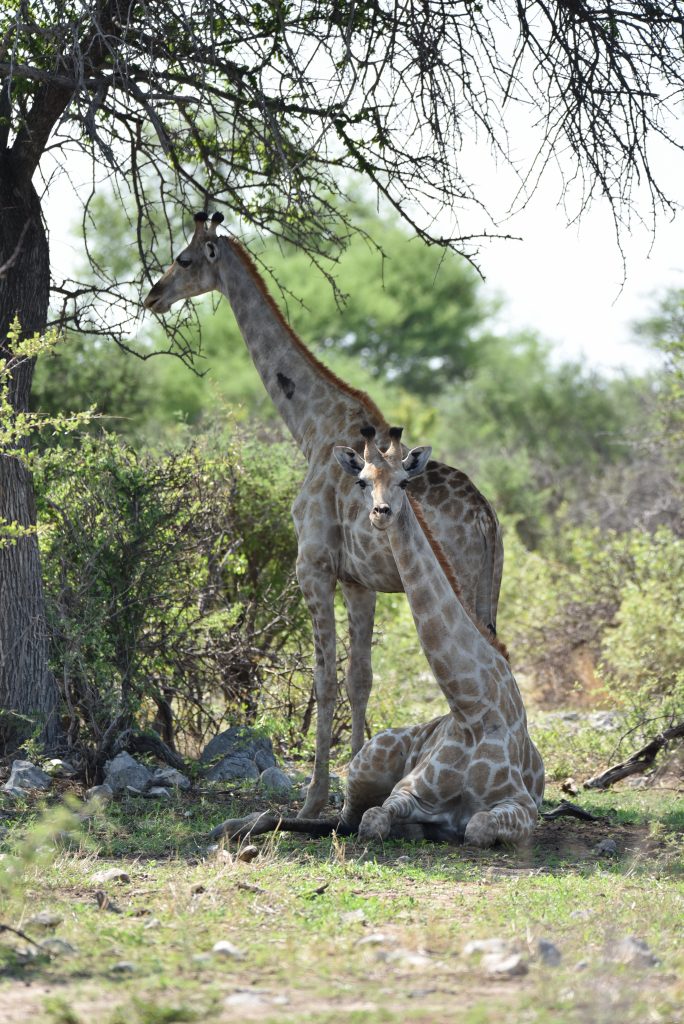
The following day, we went for a morning game ride to Etosha National Reserve but decided to stay in the lodge in the afternoon to rest. Our general plan was half a day of flying, and one and a half days in a lodge, with two nights at each location. This is an intense schedule and if I were to do it again, it would throw in one or two 3-night stays to have more rest.
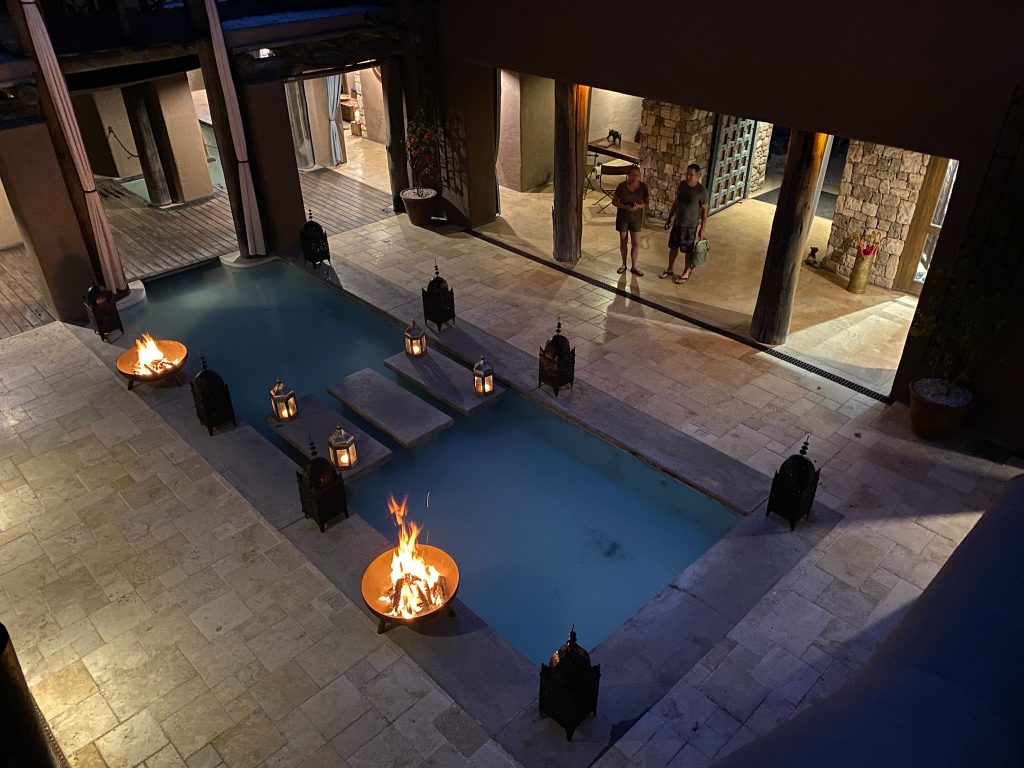
Onguma the Fort is a rather weird lodge, it looks more like a hotel in Morocco, but the suites were exceptional. We left airplanes at the strip in an open hangar with cement floor, so we couldn’t tie them down, we only put in chokes. That night, we had a splendid thunderstorm show with associated high winds and I was somewhat concerned about airplanes being blown out.
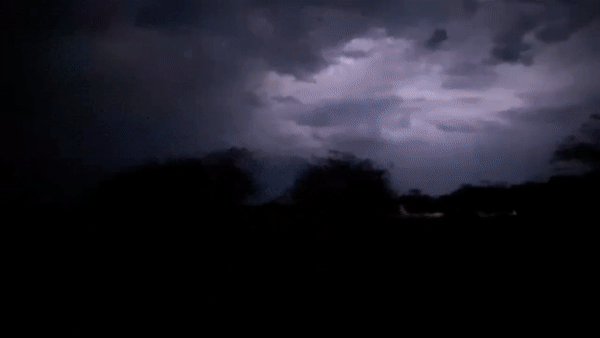
The following morning, we launched for a flight to Hartmann Valley with a refueling stop in Ondawanga. This was the end of the first half of the trip, where the main focus were the animals and game drives, and the beginning of the second half, where the scenery of Namib desert was taking the prime spot.
